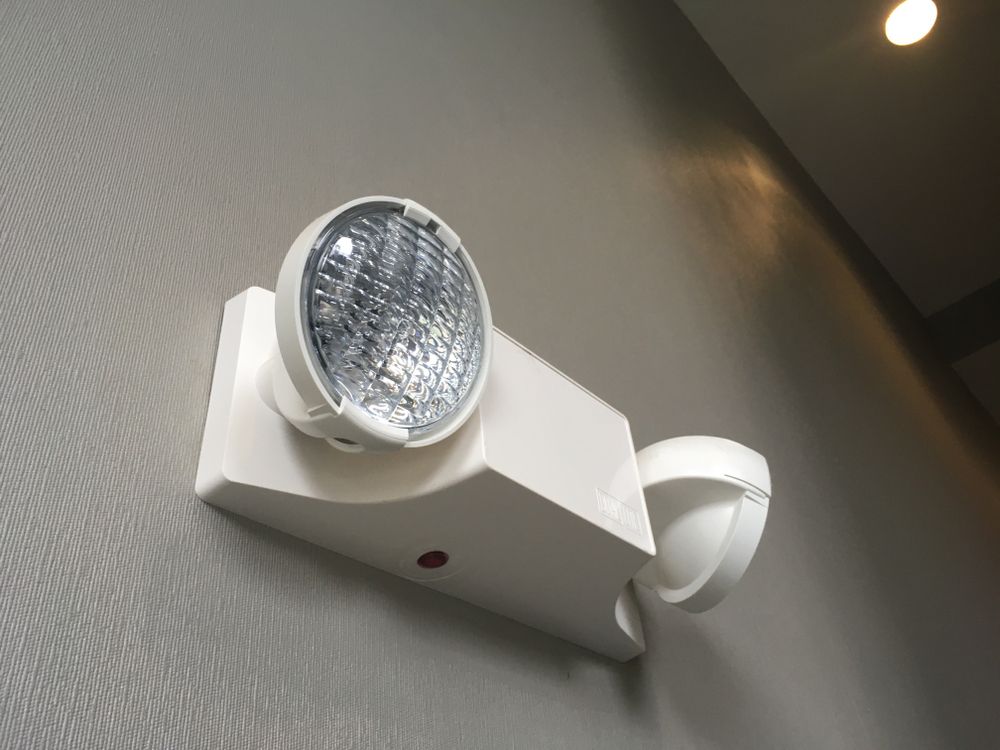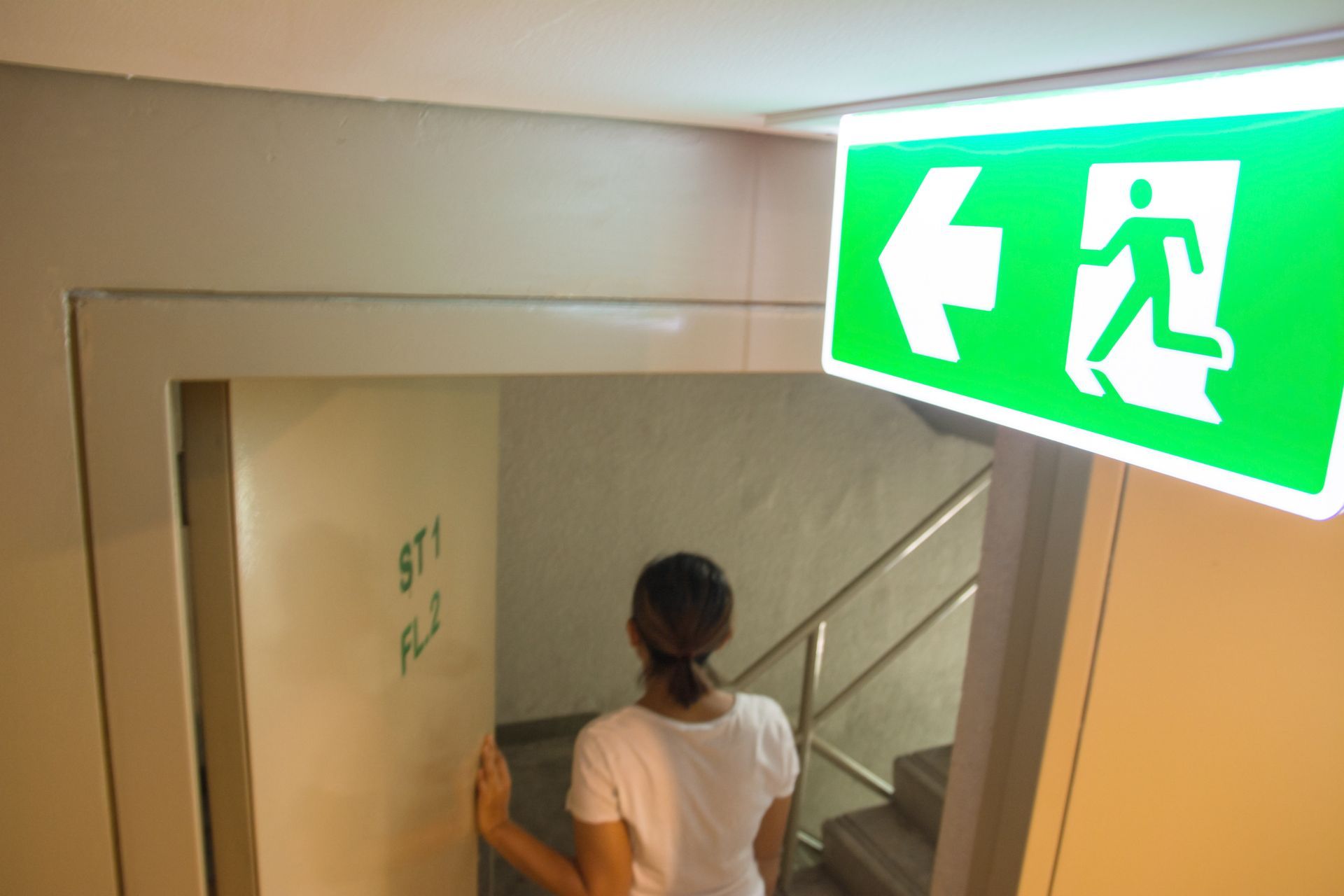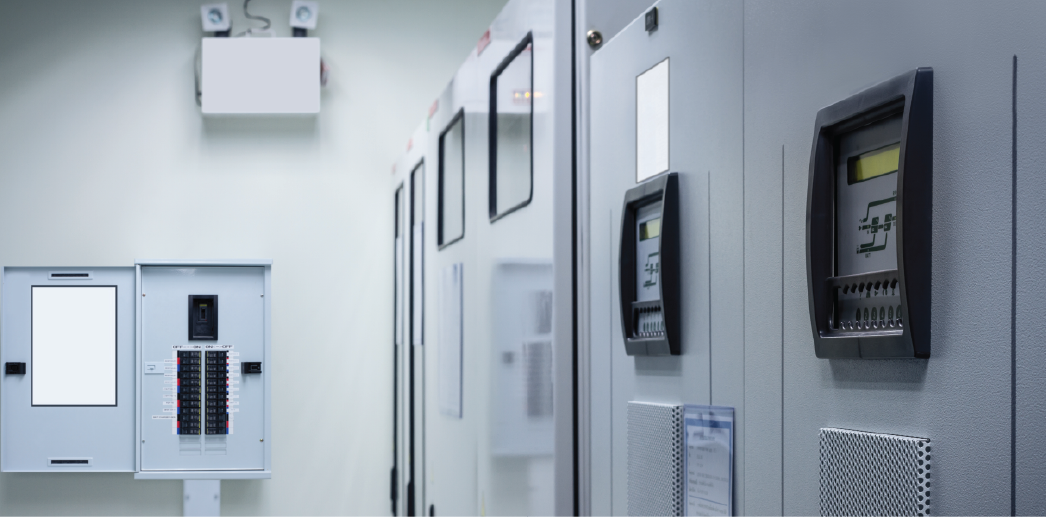Industries
NFPA 101 Life Safety Industries
Single Source Lighting Inverter Provider
Expert assistance from Technical Consultants assist in the selection process of your next Inverter System. Our team is available for Technical Review of specifications, Sizing assistance, Voltage selection, and Runtime Calculations.
Latest News
Stay up-to-date with Lighting Inverter's news and resources about the industry!
Request a Quote
Experienced Product Representatives are on hand to send you information and quotations for equipment. If you need help with sizing, installation planning, or general questions about product please fill in the appropriate form and someone will contact you shortly. You may also call 844-501-1887 to get a direct product representative.



